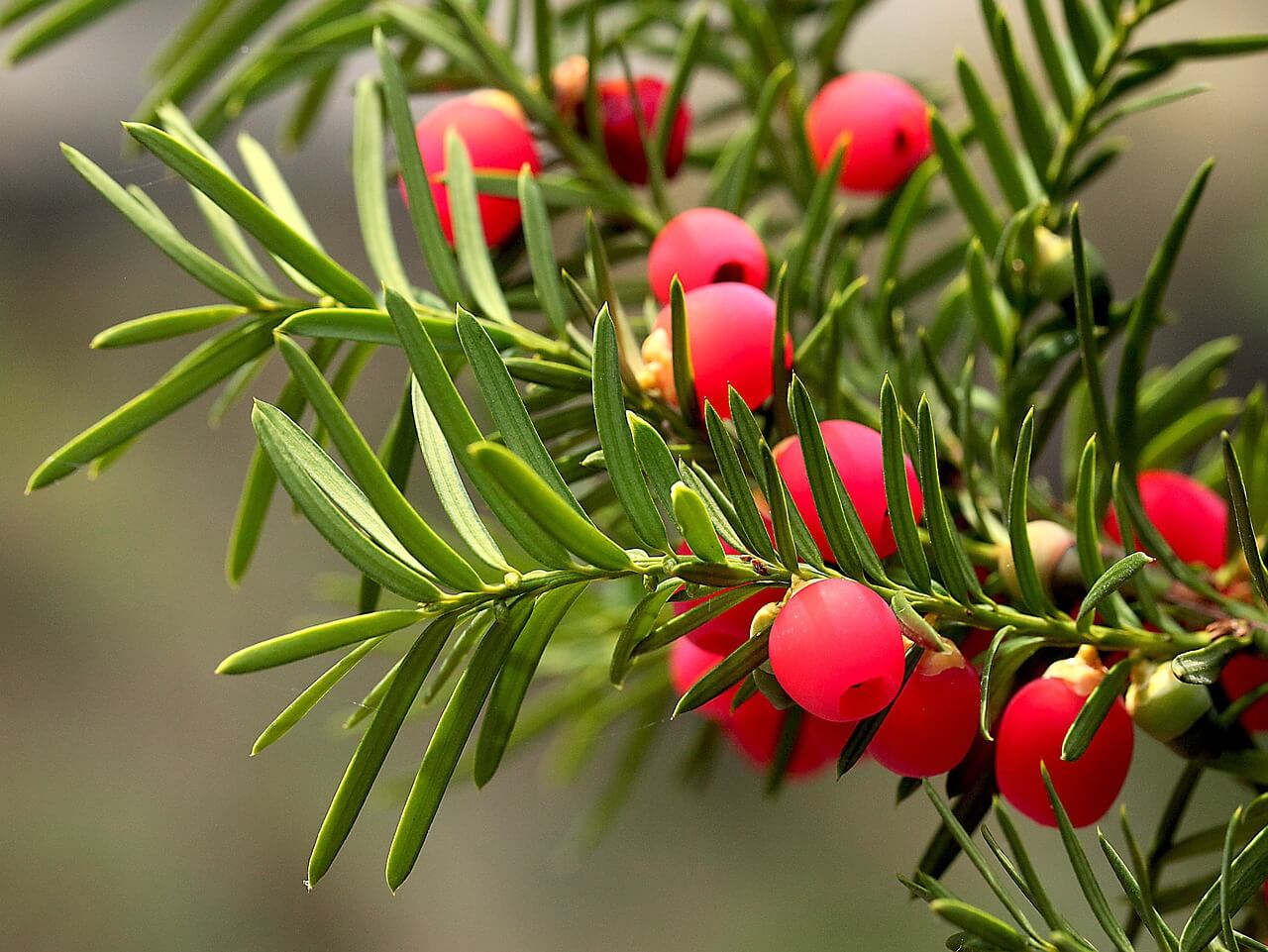10 Neat Things About Plants that Kill
1. The deceptive beauty of oleander
Despite its lovely pink flowers, the entire oleander plant (Nerium oleander) is toxic. Just a few leaves can be fatal to humans or animals if ingested, and oleander poisoning isn’t limited to ingestion. Simply handling the plant without gloves can cause skin irritation, and inhaling the smoke if oleander is burned can result in respiratory issues due to airborne toxins. Even the water in which oleander flowers are kept can be toxic, as the compounds leach into the liquid over time. Oleander contains cardiac glycosides, chemicals that disrupt the heart’s rhythm.

2. Hemlock: Socrates's death knell
The poison hemlock (Conium maculatum) is infamous for its role in the death of the philosopher Socrates. Not the tree we call hemlock in Canada, the deadly plant looks like Queen Anne’s lace. In fact, it’s very difficult to tell the difference. Hemlock smooth stems and Queen Anne’s lace has hairy stems. Poison hemlock contains coniine, a neurotoxin that can cause paralysis and respiratory failure if you eat any part.
3. Water hemlock, the North American killer
Another plant often confused with Queen Anne’s lace, water hemlock (Cicuta douglasii) is one of North America’s most toxic plants. It contains cicutoxin, which affects the central nervous system and can cause seizures and death. Just a small amount is deadly if ingested, and it can cause irritation if you get the sap on your skin. It grows in moist areas while Queen Anne’s lace grows in dry areas. But to be safe, just don’t eat anything that looks like the three plants.
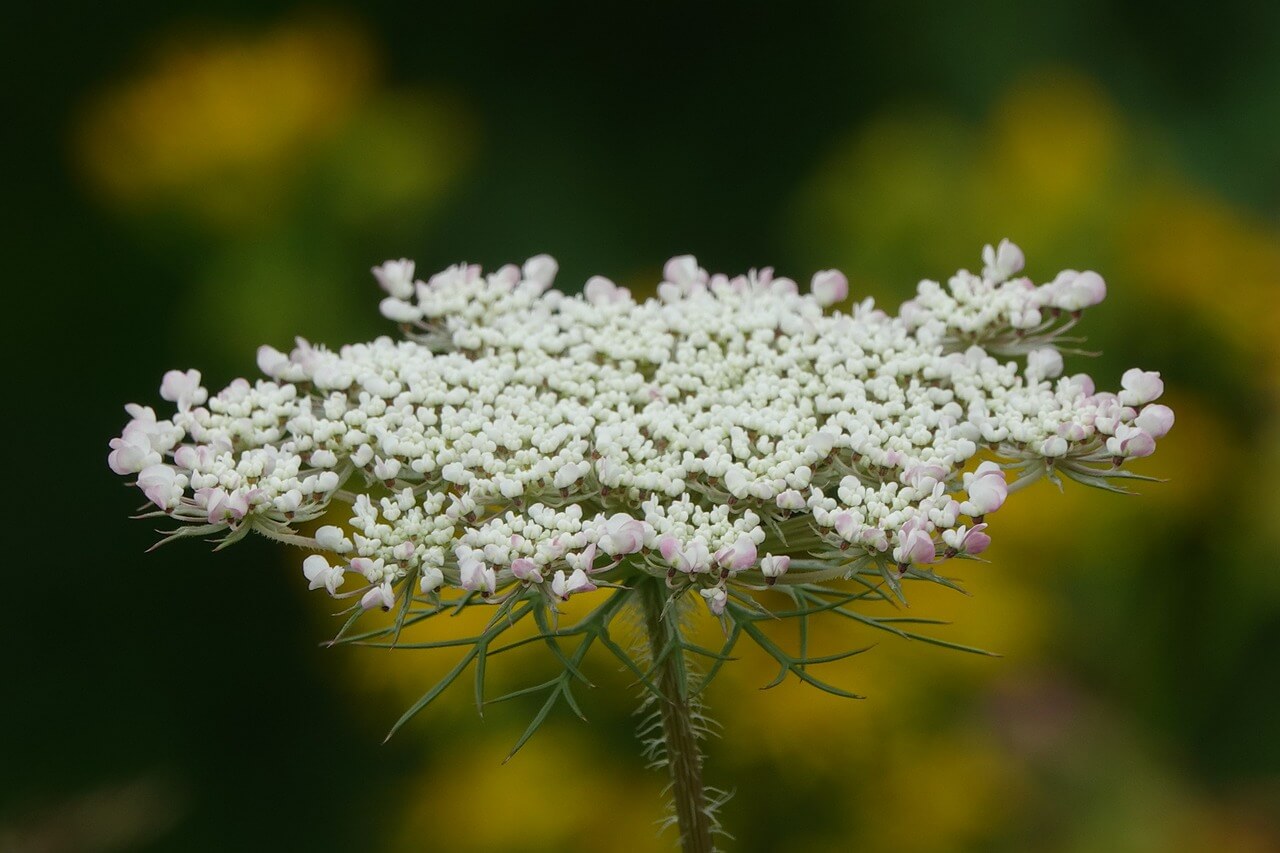
4. Deadly castor bean
Ricin, one of the most toxic natural substances, is found in the seeds of the castor bean plant (Ricinus communis). Ricin is a protein-based toxin that disrupts protein synthesis at the cellular level. It is so toxic that even a few micrograms can be fatal if ingested, inhaled, or injected. Just one or two ingested castor bean seeds can kill a child, while four to eight can be deadly for an adult. Nonetheless, many people grow this plant, with its beautiful large, star-shaped leaves and vibrant red or green stems. They grow quickly and can reach heights of 10 or 12 feet in a single season, creating a lush, tropical look.
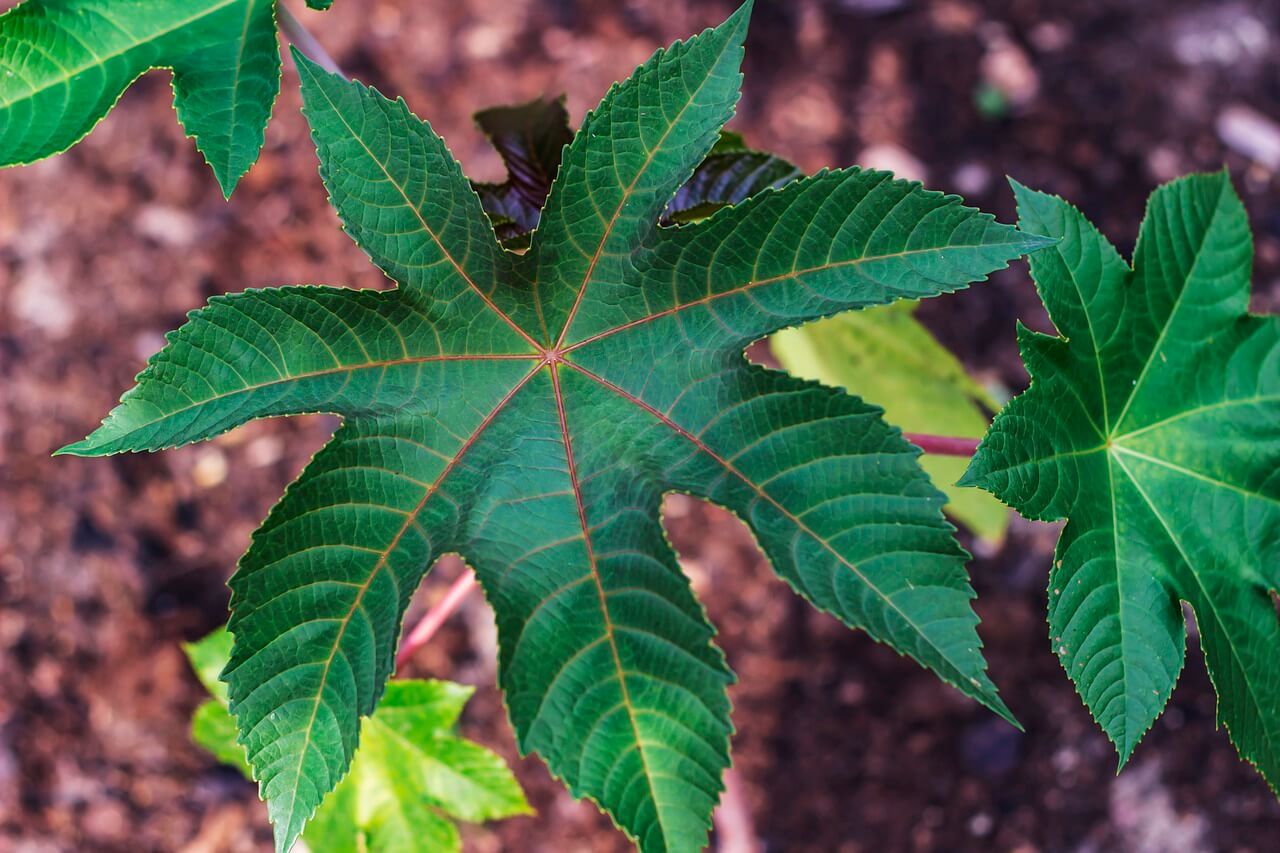
5. The carnivorous Venus flytrap
While it doesn’t kill humans, the Venus flytrap (Dionaea muscipula) is a lethal trap for insects. This plant snaps shut when its hairs are triggered, trapping and digesting its prey. It’s a classic example of carnivory in the plant kingdom. Other plants that ingest animals (mostly insects) include sundews, the cobra lily, bladderworts and our own native pitcher plants, which grow in peat bogs.
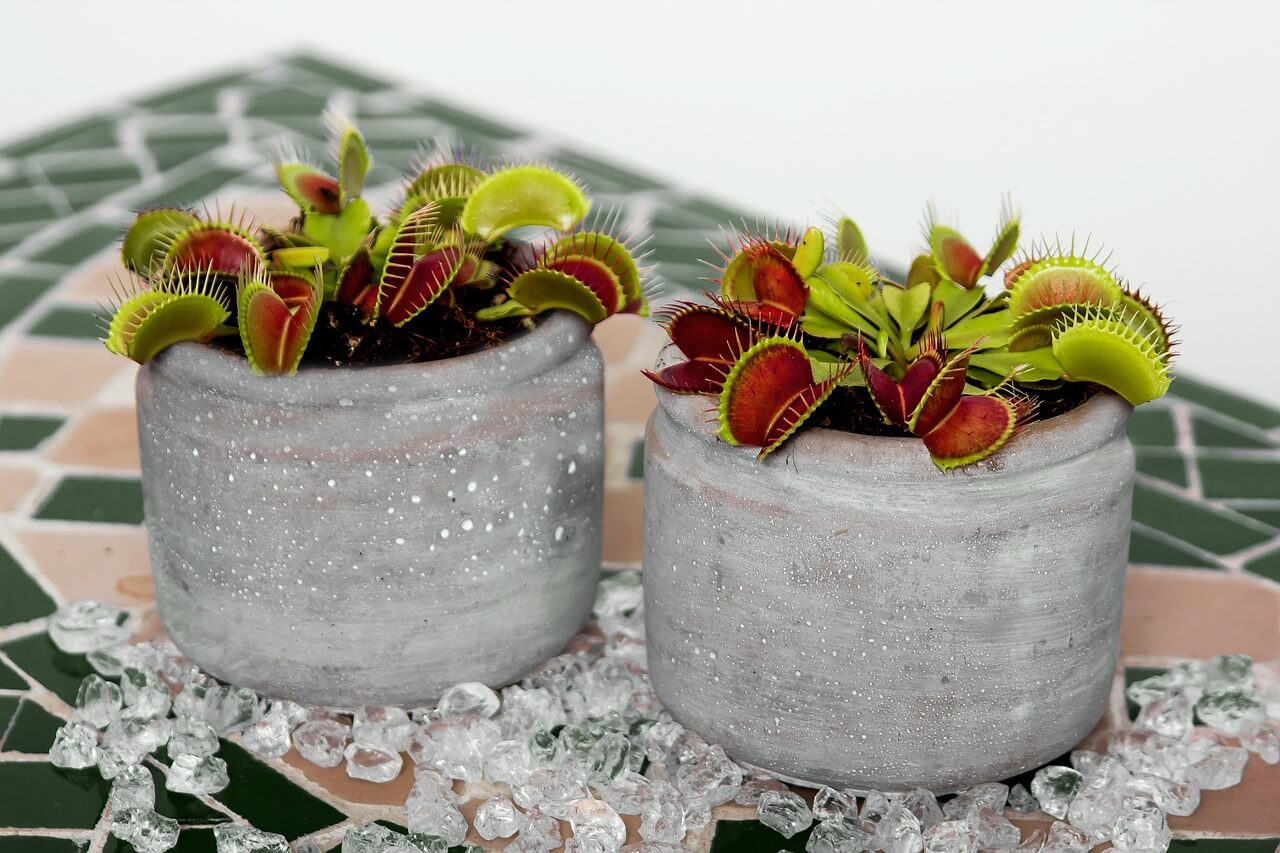
6. Monkshood, in a garden near you
Also known as wolf’s bane, monkshood (Aconitum napellus) has beautiful purple flowers but is extremely toxic. Historically used to poison arrow tips, monkshood contains aconitine, which can cause cardiac and respiratory arrest if ingested or absorbed through the skin. It is a very popular perennial across Canada.
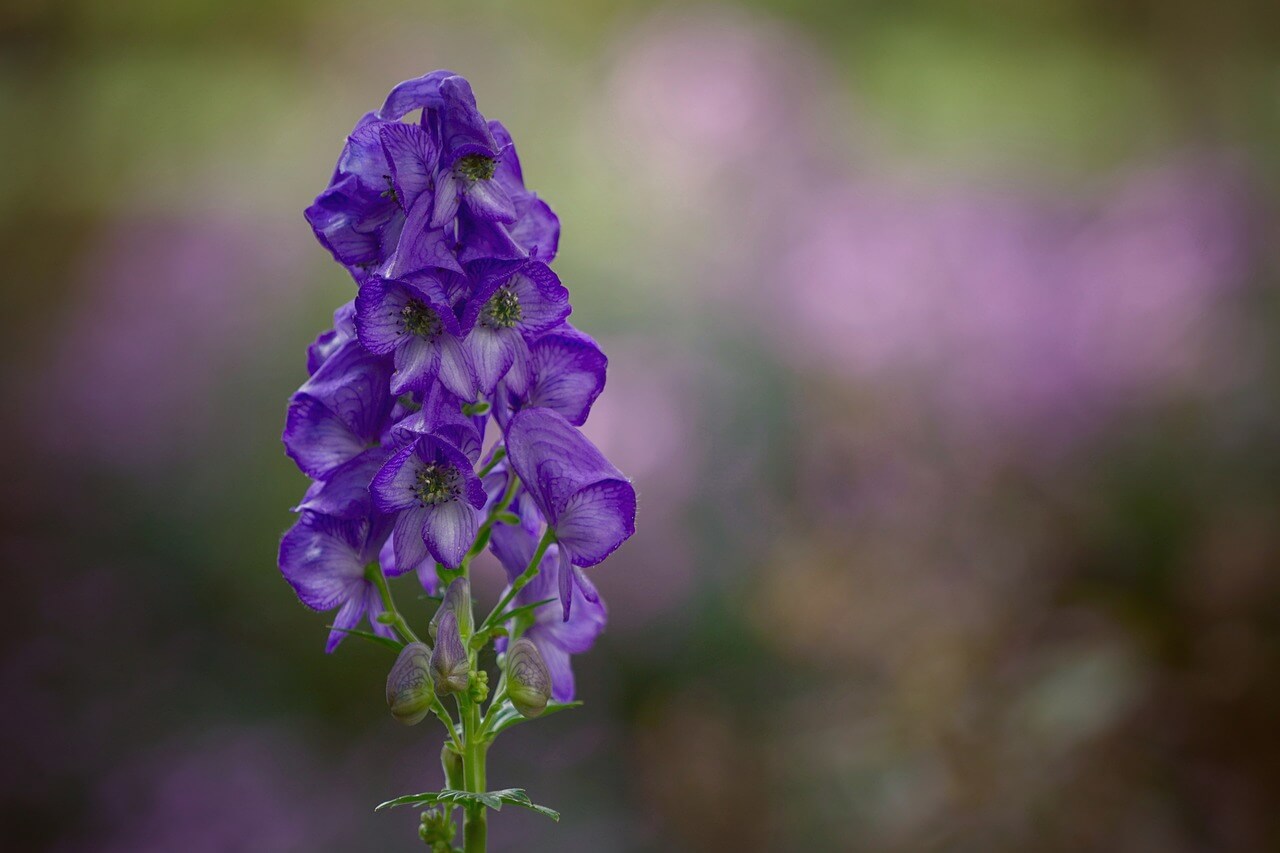
7. Angel's trumpet: beautiful giant
The angel’s trumpet (Brugmansia) produces trumpet-shaped flowers with a sweet scent. However, it contains dangerous alkaloids like scopolamine, which can induce hallucinations and even death if ingested. Brugmansia is similar to the next plant.
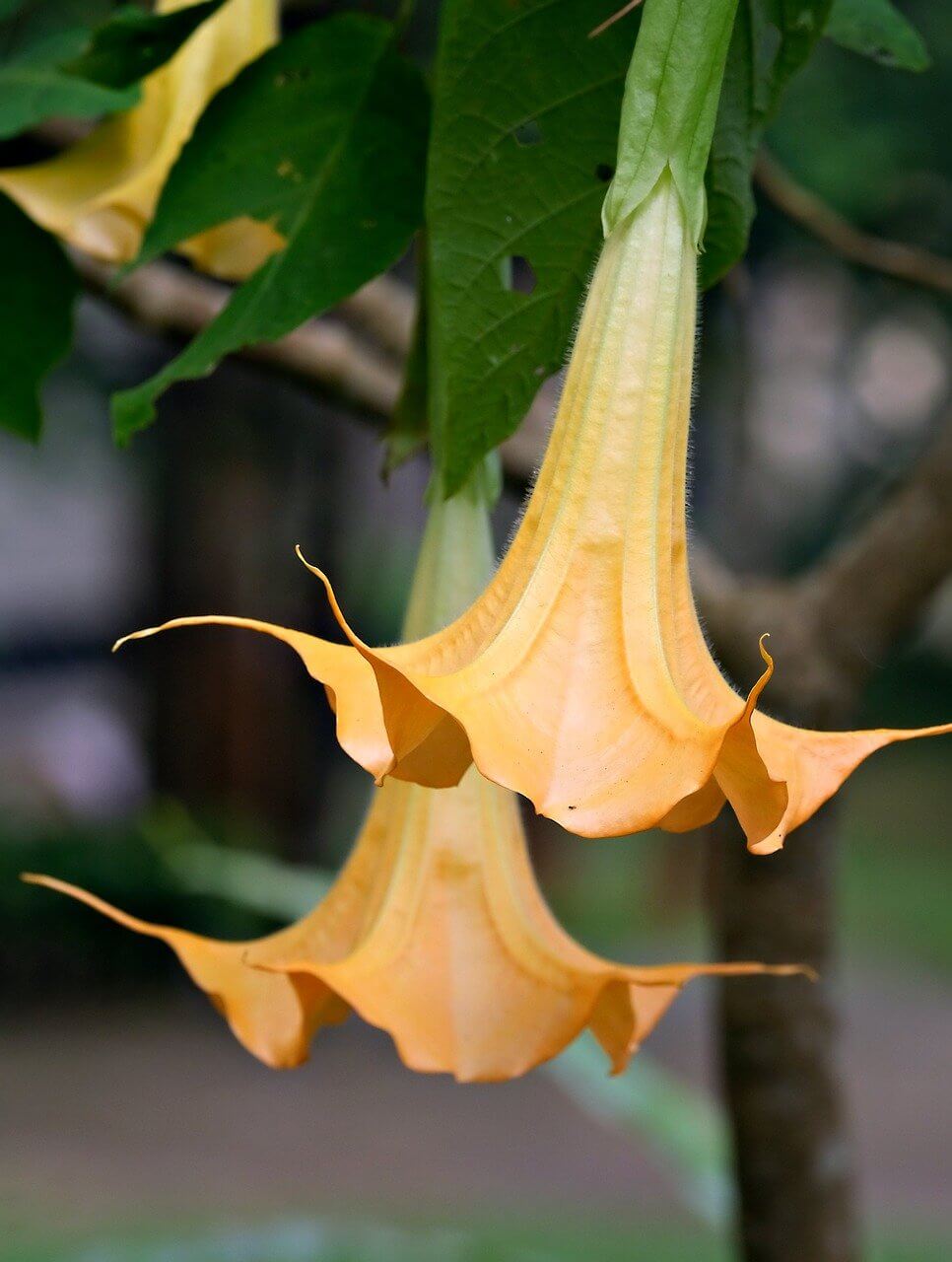
8. Hallucinogenic jimsonweed
Jimsonweed (Datura) is highly toxic and induces strong hallucinations. Ingesting it can lead to delirium, hyperthermia, and, in severe cases, death. Young toughs looking for some fun will occasionally die from fooling with jimsonweed, which grows wild in the southern US. Its striking flowers hide a dangerous toxicity. Curiously, although it is less lethal than angel’s trumpet, this plant also goes by the epithet devil’s trumpet.
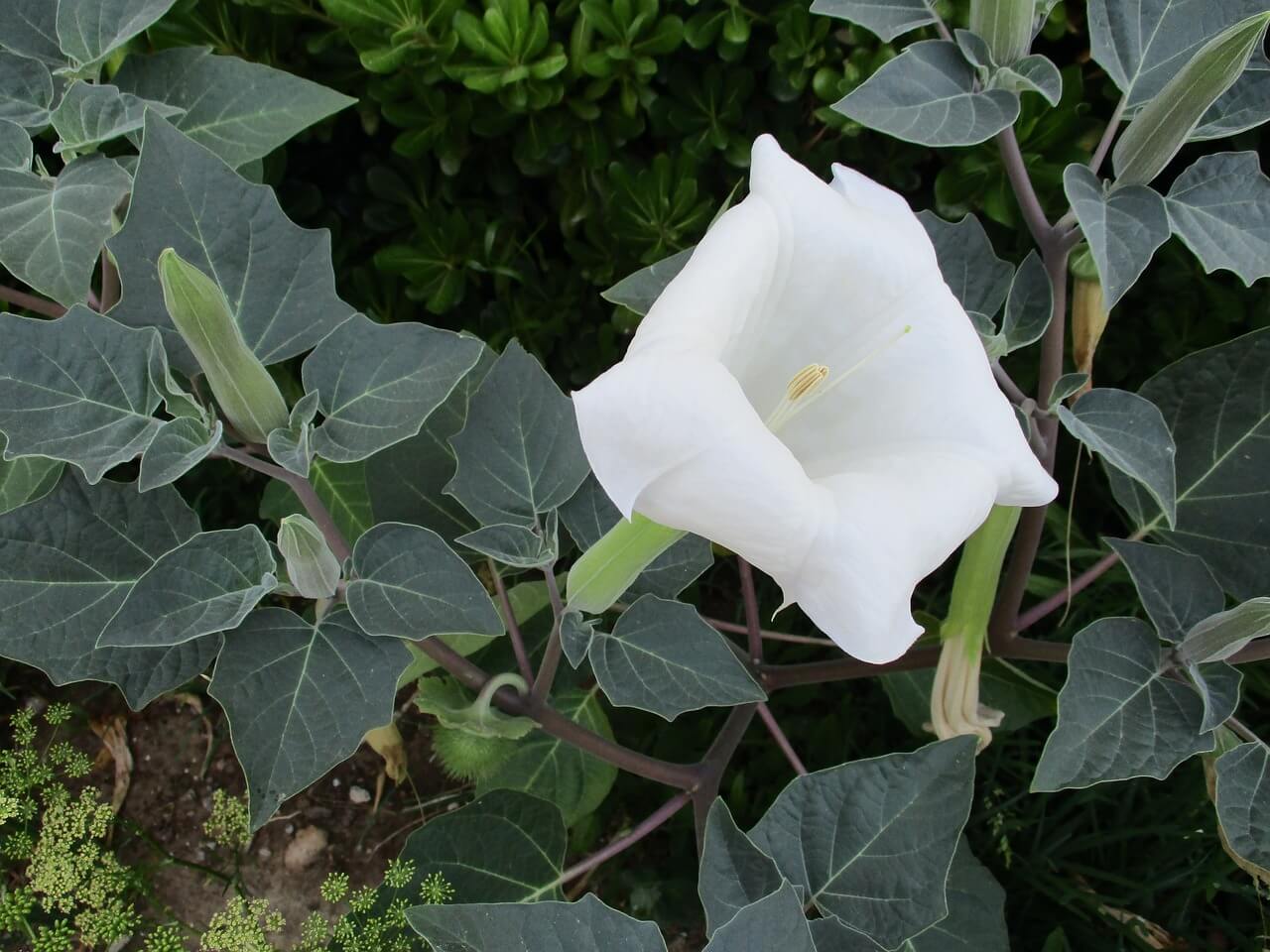
9. Belladonna, a beauty for the eyes
Belladonna, or deadly nightshade (Atropa belladonna), has a rich history of being used as a poison. Its berries look enticing but contain atropine and scopolamine, which disrupt nerve signals and can lead to fatal respiratory failure. In the Renaissance, women reportedly used belladonna eye drops to dilate their pupils, enhancing their beauty according to cultural standards of the time, despite the significant risk of vision damage.
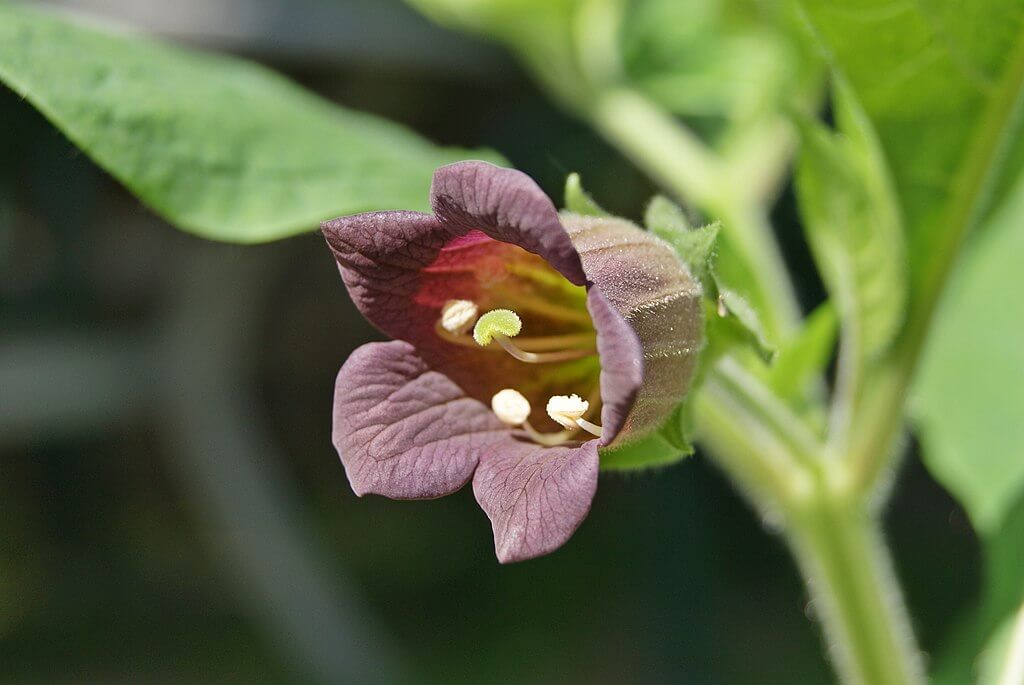
10. English yew, the ancient assassin
Yew trees (Taxus) are iconic in old cemeteries, where they were often planted in Europe because of their long life and dark appearance. Every part of this tree, except the red aril around the seed (the “berry”), is poisonous. It contains taxine alkaloids, which can disrupt heart function. Yews were used by ancient Celts to create deadly arrows.
